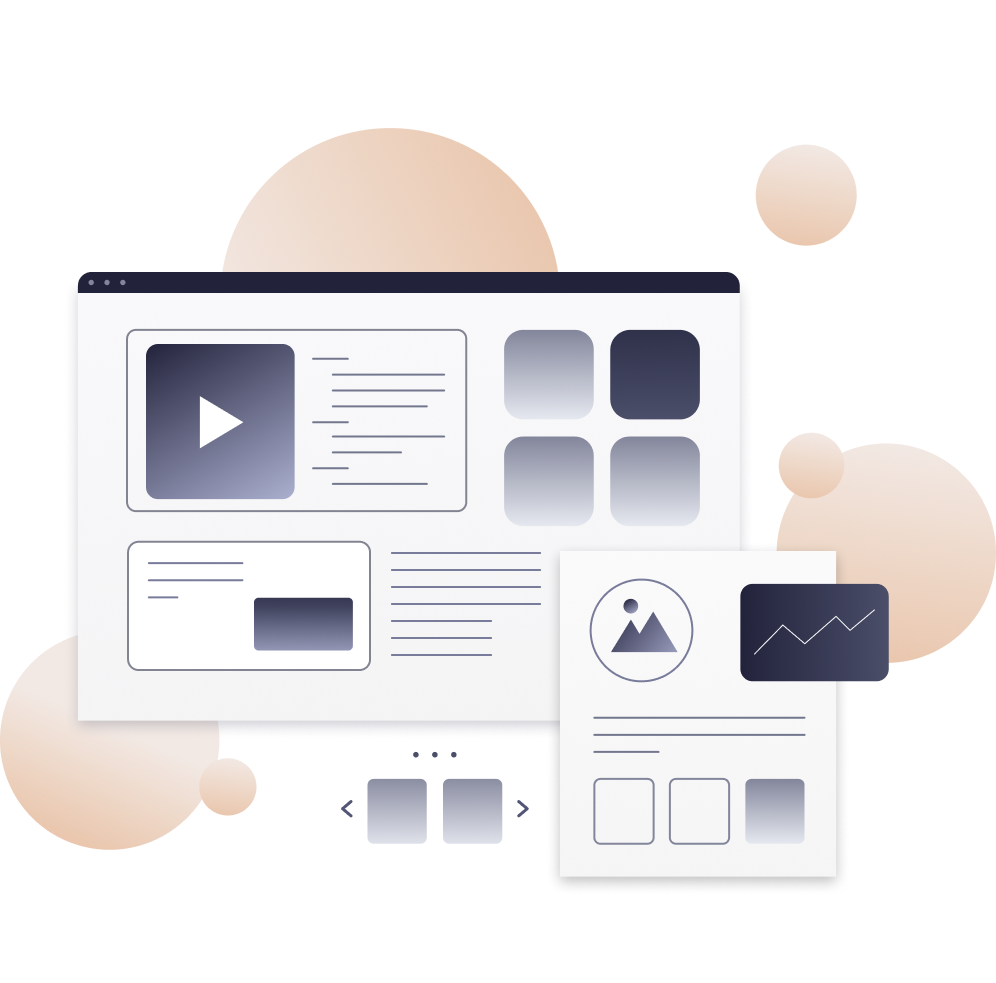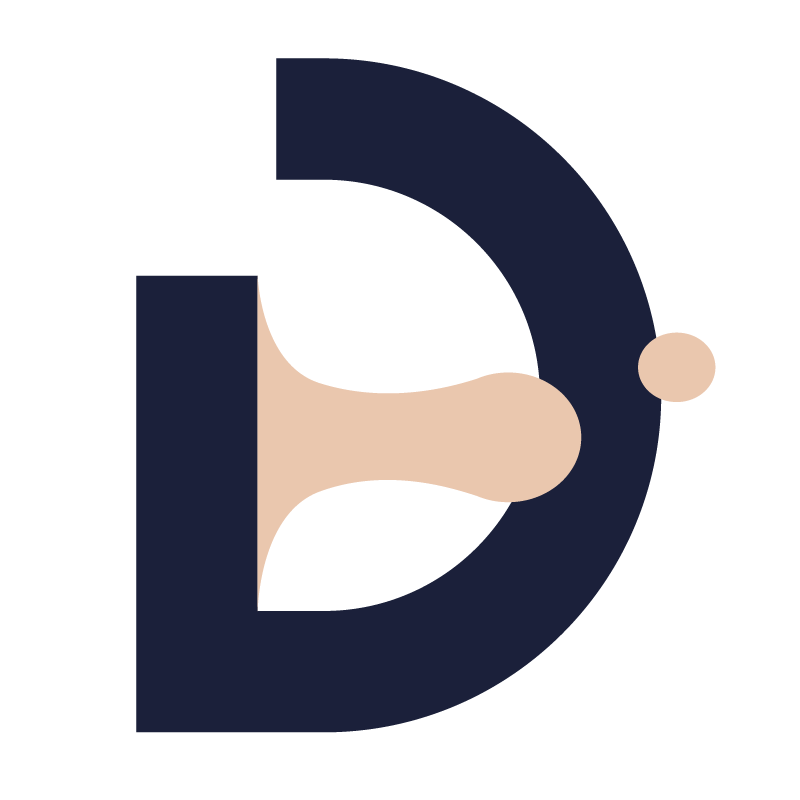
UX/UI
Frequently Asked Questions
What is UI/UX Design and what makes them different?
User interface design is focused around designing the aesthetics of user interfaces for machines and software, such as computers, home appliances, mobile devices, and other electronic devices, with the focus on maximizing usability and the user experience. Essentially it is the graphical layout of an application. A UI designer ensures that each page or screen visually communicates the path that a UX designer has laid out. UI Designers are also typically responsible for creating a cohesive style guides and keeping the consistent design through out the entire product. Maintaining consistency with visual elements such as buttons users click on, the text they read, the images, sliders, text entry fields, and all the rest of the items the user interacts with are all part of UI designer’s responsibility as well. As a result, UI designers need to make sure every single visual element feels united, both aesthetically, and in purpose.
User Experience Designer primarily focuses on how the product feels. In order to solve a specific user problem, UX designers explore different approaches to refine and iterate to create the best user experience for their users. As part of a UX designer’s responsibility, they need to ensure that the product logically flows from one screen to another making the user flow smooth and effortless. A user’s experience of the app is determined by how they interact with it. One way user experience is determined by is how easy or difficult it is to interact with the user interface elements that the UI designers have created.
How do they work together?
A UX designer decides how the user interface works while the UI designer decides how the user interface looks. This is a very collaborative process, and the two design teams tend to work closely together. As the UX team is working out the flow of the app, how all of the buttons navigate you through your tasks, and how the interface efficiently serves up the information user’s need, the UI team is working on how all of these interface elements will appear on screen. The collaboration between UI and UX designers help to assure that the final user interface looks as good as it can, while also operating efficiently and intuitively.
What is the process for this type of service?
The UX design process can be divided into four key parts: user research, design, testing, and implementation. While the UX design process does typically take place in that order, it’s important to note that UX is an iterative process. Throughout the UX design process, we will help uncover new insights that may lead you to refresh your current design and arrange a new outlook on how to improve it. Expect to revisit and repeat certain steps in the UX design process as we will work to continuously optimize and improve your application or website until it is perfect.
User research gives us the data we need to begin building the product. We can’t proceed without that information—it’s a fundamental part of any UX design project. By researching first, we save ourselves a lot of work, time, money, and resources further down the line, as fewer adjustments will need to be made. The same is true of a redesign. For those working on a redesign of an already existing product, they have the benefit of directly seeing how users respond to an existing system.
The UX design process would be where basic wireframes and prototypes are created. This is also where UI come into play in improving the presentation and the interactivity of the web or mobile application. While UX is all about usability and functionality, UI is all about the appearance and interactions with the users. Each screen, page, buttons and other visual elements you see while using an application is the User Interface of that application.
Like User Research, Testing is a fundamental part of the UX designer’s job and a core part of the overall UX design process. UX designers test because it allows them to improve upon the original product or site design and to see if the changes they made during the ‘design’ phase stand up to scrutiny. It’s a great way to eliminate problems or user difficulties that were unforeseen in the design phase before getting started on the implementation phase, and can also be carried out once the product is live as part of a UX audit or review.
Throughout the UX design process, our designers will work to ensure that your site or application design is refined and seamless. Once everything is finalized and completed, we will make sure the correct files and documents are packaged up for a perfect handoff to your developers. At this point of the process, the developers working alongside you will be able to review the designs and implement code based on the designs into fully functional products.
How long does a project typically take?
Timeframe varies on the amount of work need to be put into the specified project. The only way we are able to determine that is by contacting us and booking an evaluation.

